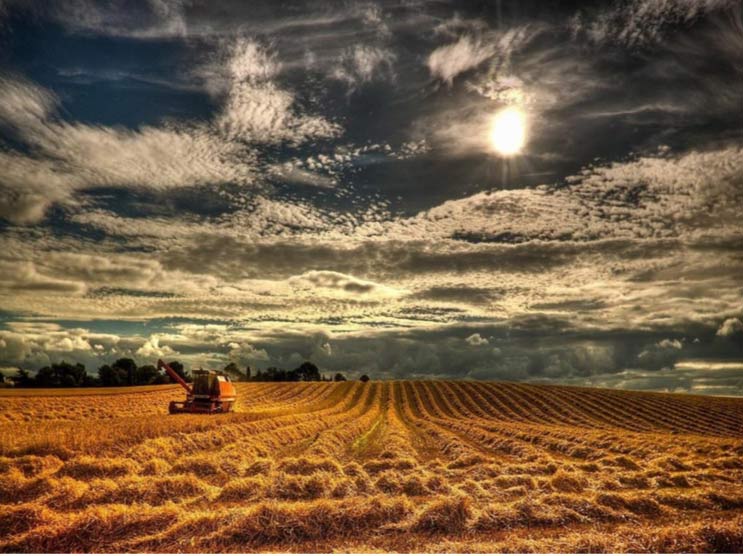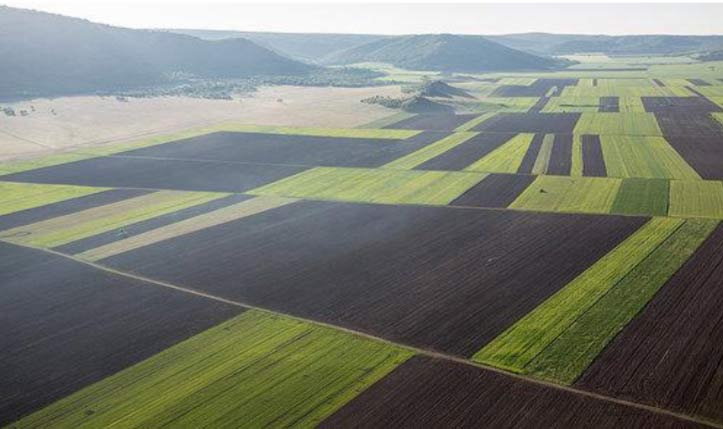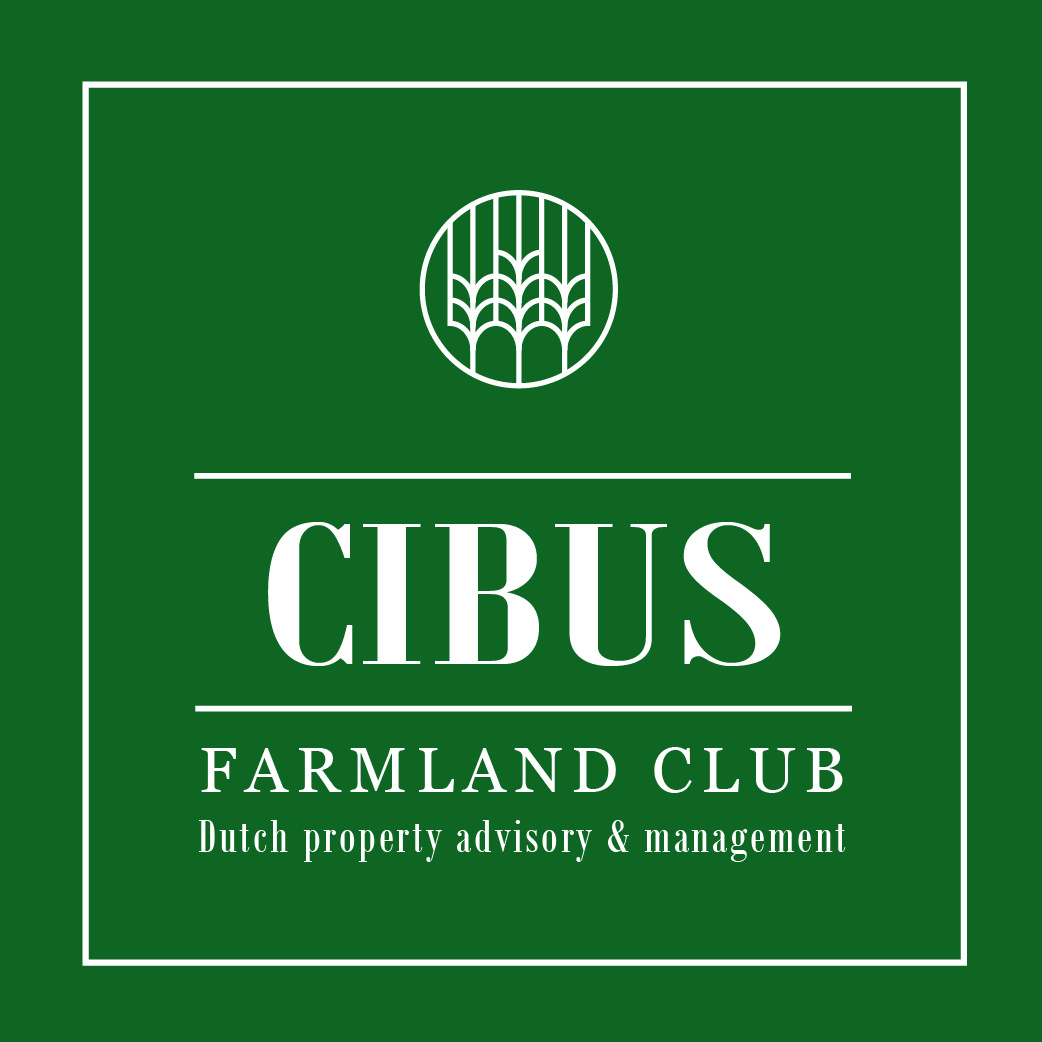Why invest in Romanian farmland?
Ten reasons for investing in Romanian farmland
According to the IMF the global food prices have increased with an average of 43% between March 2007 and March 2008. During that same period, the price of wheat, soy, maize and increased with 146%, 71%, 41% and 29% respectively according to the American Ministry of Agriculture. Countries with limited agricultural resources depending on import of food commodities have suddenly created a magnetic attraction to agricultural investors. Since the global food crisis was demonstrable in 2008, Romanian agriculture became a more central stage for international investors, farmers and state funds. Here we summarize the 10 major motives for agricultural investments:
1. Undervalued land
Farmland in Romania is considerably undervalued when compared to the other countries which have recently become a member of the EU and even more when compared to the older members. Price convergence to parity with the regional EU member states is expected when the agricultural sector is further developed.
2. Exchange rate price increase as a result of consolidation of plots
More than 60% of the Romanian farmland is cultivated by small, individual farmers, with an average size of less than three hectares. This land is extremely fragmented (existing mainly of
strip farms which were returned to the original owners from before the revolution, following the downfall of the communist state) and cannot be efficiently cultivated as such.
The consolidation of fragmented plots considerably increases the proceeds due to the scale advantages and the application of modern agricultural techniques. This will result in an increased value of the land and attract the attention of large farms, agricultural companies and investment funds.
3. Increasing proceeds with modern cultivation methods
Due to the ageing population and a decreasing agricultural community which lives on the edge of the subsistence level, smaller farms now die out quickly. As a result of investment capital, modern management & machinery and scale advantages the opportunities for an increase of crop proceeds show an explosive rise.
The wheat harvest of 2010 in Romania delivered an average of 2.8 ton per hectare while the Netherlands delivered 8.6 ton per hectare; a considerable gap. Foreign investments, new technology and modern management are key to the realisation of this enormous potential.
4. The rise of the agricultural subsidies EU
As youngest EU member-state Romania started receiving subsidies for agriculture in 2007. The received amounts have progressively increased to an estimated level of 165 per hectare in 2016.
This to be compared to approximately 219 as European average. As from 1st January 2015 the Romanian agricultural subsidy will continue to increase in the direction of parity with the regional EU members. This will roughly result in a minimum of 200 per hectare by 2020.
5. High-quality farmland (Black Earth region)
The black earth, Chernozem’ is very fertile and produces high agricultural proceeds. It contains high concentrations of hummus phosphoric acids, phosphor and ammoniac. There is a high level of carbon in the upper 30 cm of the soil so that the water can be better retained. A high groundwater level generally provides a significant cost advantage in agriculture.


6. Sought after destination for agri-investors
Global food prices are rising, while the global agricultural production is stagnating completely. The rising demand for agricultural resources from countries such as China and the United Arabian Emirates leads to increased agricultural investments made by these nations and international conglomerates. The quality of the Romanian lands, the size of the market and the unique opportunities for development lead to an increasing degree of global interest in the Romanian agricultural sector.
Some major noticeable investors are: Glencore, Cargill, Du Pont, Monsanto, Syngenta, Rabo Bank and many investments funds from the United Kingdom, Denmark, the Netherlands, USA and Qatar.
7. Strategic location and good infrastructure
Geographically, Romania is favourably situated and provides good waterways for transport along the Danube River to Port of Constanta, in the direction of its major trade partner; the European Union. But this also provides an excellent connection to Suez Canal for food commodity traders in the Middle East (!) and Asia Without any doubt this is an important factor for the expected and considerable investments by sovereign investment funds in the Middle East.
8. EU membership European Legal framework
As EU member, Romania offers investors stability, security and predictability within a communal juridical and administrative framework. With the increasing opportunities which are made possible by the CAP (Common Agricultural Policy) and the responsibilities of the communal agricultural policy the foundation is currently made for a blooming agricultural sector in Romania, which, if fully and effectively used, can supply food crops for eighty million people.

9. Possibilities for developing biological farms against low costs
Currently there are approximately 3,000,000 hectares of fallow farmlands in Romania. The major part of these lands has not been cultivated during the last decade and offers a low entry price for, for instance, biological farming. The Romanian market for biological crops is in its formative years and is extending rapidly, driven by the international demand and increased knowledge of the advantages of biological production.

10. The global request for protein
In the last decade an enormous increase in the use of plant based protein as an essential raw material component (soy meal) can be observed in animal feed a trend that will continue in the coming decade. The increase in disposable income worldwide will accelerate the demand for high quality protein sources additionally. The real driver for this trend and the range of possible business opportunities in the global oilseed and protein production sector is underestimated by many in the food and agriculture industry. Depending on how and whether there are new entrants in the protein value chain, the trend of a shortage of protein sources will continue and generate enormous margins for producers who occupy this market early on.
